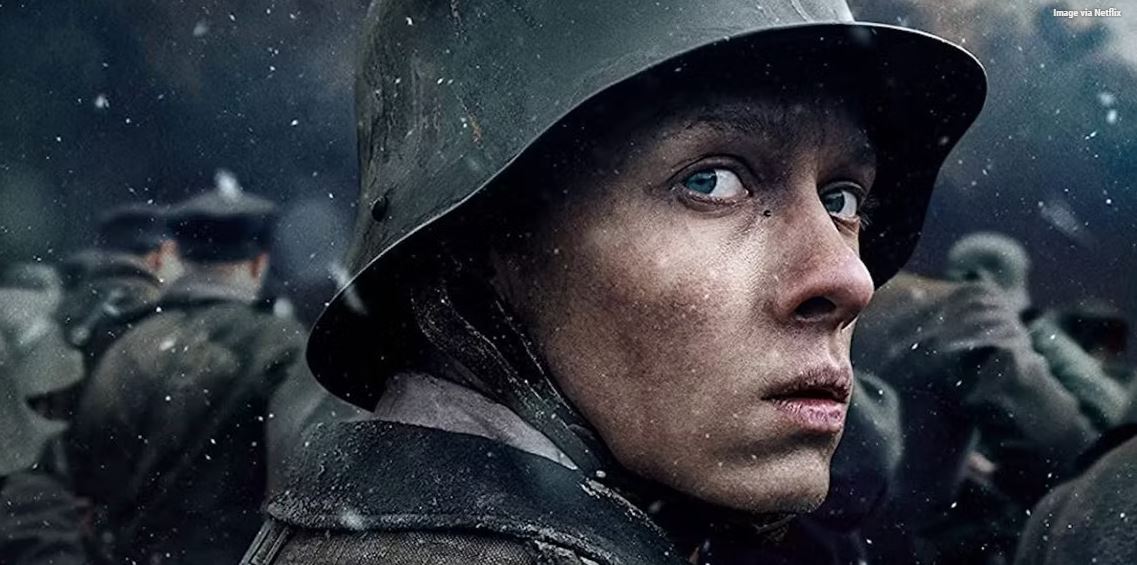World War I Is Having a Pop Culture Resurgence
Published: 14 January 2023
By Douglas Laman
via the Collider web site

all-quiet-on-the-western-front-felix-kammerer
World War I hasn’t always been popular in movies, but it’s become much more prominent in modern cinema for a variety of reasons.
Throw a stone and you’re bound to hit a movie set in the era of World War II. The history of cinema made in World War II even dates back to the global conflict itself, as books like Five Came Back have explored how directors like John Huston and William Wyler were in the trenches of World War II capturing the war as it unfolded. By contrast, World War I has been far more absent in mainstream cinema, though that’s begun to get corrected since 2010. Titles like War Horse, All Quiet on the Western Front, Wonder Woman, and 1917, among many others, have all begun to fill in the gaps in cinematic depictions of World War I.
Why has it taken so long for this particular global conflict to come to the forefront of cinematic storytelling, though? Why have World War II and the Vietnam War been so often chronicled in movies, but World War I has been left on the sidelines?
Early American War Movies Focused on WWI
While motion pictures made from 2010 onward have certainly been more active in depicting World War I, by no means was the global conflict absent from the cinematic landscape prior to this recent decade. In fact, for the first few decades of major American cinema, if you wanted to make a war movie it had to be World War I. Early winners of the Academy Award for Best Picture like Wings and All Quiet on the Western Front wrung expansive and groundbreaking cinema from this conflict. The seminal French feature Grand Illusion, meanwhile, was also set during World War I and reinforced global cinema’s interest in exploring this conflict through filmmaking means.
After World War II drew to a close, World War I’s presence in cinema began to whittle down considerably. By this point, World War II movies were everywhere, with the amount of World War II motion pictures released in 1953 dwarfing the entire collection of World War I movies produced during the entire 1950s. That’s not to say the mid-20th century was devoid of motion pictures set during what was once known as The Great War. Stanley Kubrick’s Paths of Glory, for instance, used World War I as a tableau that could reinforce how often war boils down to the bourgeoise sending the little guy out to perish. The wounds of World War I were still vivid decades later and cinema was a way to cope with them.
The David Lean epic Lawrence of Arabia would make great use of World War I in the 1960s, but it was one of only a handful of features in that decade to take notice of World War I. As early as 1946, titles like The Best Years of Our Lives were garnering awards and audience acclaim for making movies that dealt directly with either the events of World War II or its immediate aftermath. By the time Arabia rolled into theaters, World War I was rarely depicted on-screen for a variety of reasons.
Read the entire article on the Collider web site.
External Web Site Notice: This page contains information directly presented from an external source. The terms and conditions of this page may not be the same as those of this website. Click here to read the full disclaimer notice for external web sites. Thank you.



